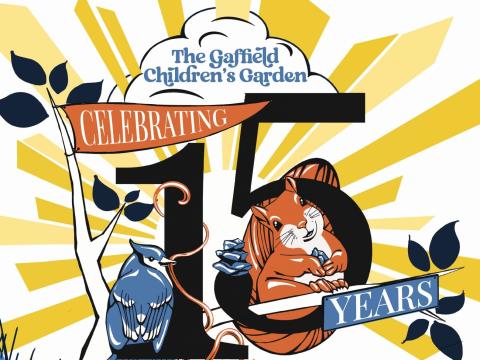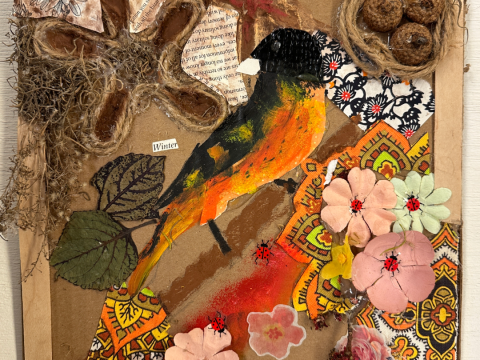The Michigan Botanical Society presents two speakers:
Grace Meixin Zhang: Evolution of glyphosate resistance in an agricultural weed affects plant-herbivore interactions.
Plants face many stressors, both naturally occurring and anthropogenic, that can shape how they evolve. With the advent of modern agriculture, chemical herbicides have become the primary tool for weed control, imposing strong selective pressures on treated plants. This has led to the evolution of herbicide resistance in more than 250 weed species to date. Importantly, the evolution of herbicide resistance occurs in the context of natural, long-standing stressors like insect herbivory, and how both herbicide and herbivory may act in concert to shape plant evolution is unknown. We investigated this question using the noxious weed Ipomoea purpurea (common morning glory) and the widely used herbicide glyphosate (RoundupⓇ) in common garden experiments. Our results show that glyphosate application can increase herbivory levels and alter plant-herbivore interactions. Additionally, we found that glyphosate resistance is positively correlated to resistance to herbivory, suggesting that the two traits may evolve together. As herbicide use continues to increase globally, these results suggest that herbicides may alter the eco-evolutionary dynamics of plant-insect communities in unforeseen ways, contributing to higher levels of resistance to both herbicide and herbivory.
Grace Zhang is a PhD student in the Baucom Lab at the University of Michigan, having previously earned her BA in Conservation Biology at Middlebury College. She loves science museums and enjoys plants, bugs, and being outside.
Anah Soble: Hormetic Dose Response to herbicide in a ubiquitous wild plant.
The synthetic auxin herbicide DicambaⓇ is increasing in popularity as many weeds have gained resistance to other herbicides like RoundupⓇ. However, DicambaⓇ introduces its own problems, specifically an ability to volatilize and drift onto nearby agricultural fields and wild plant populations. Small community experiments have previously shown Oxalis stricta (Oxalidaceae) produces more flowers under dicamba drift conditions. This falls under the concept of ‘hormesis’– a stimulatory effect of a low dose of a toxic substance. Through larger field experiments, we have been able to confirm this trend. What does this hormetic dose response mean more broadly for ecosystems under herbicide drift conditions? What explains this reproductive overcompensation from DicambaⓇ drift, knowing that DicambaⓇ is a synthetic Auxin? Auxin influences every developmental stage of a plant, so which stage being affected and is important for fitness which can lead to weed shifts. Through field common garden experiments, we have asked what traits are impacted by auxin exposure and how trait changes then impact fitness. Through gene expression analysis we also ask which biological pathways are inhibited or stimulated under drift. More broadly, what would this mean for evolution and ecology of this species, and potentially others that exhibit hormetic dose response?
Anah Soble is a master’s student in the Department of Ecology and Evolutionary Biology at the University of Michigan. She has a BA in biology from Oberlin College and is passionate about science education and botany.



